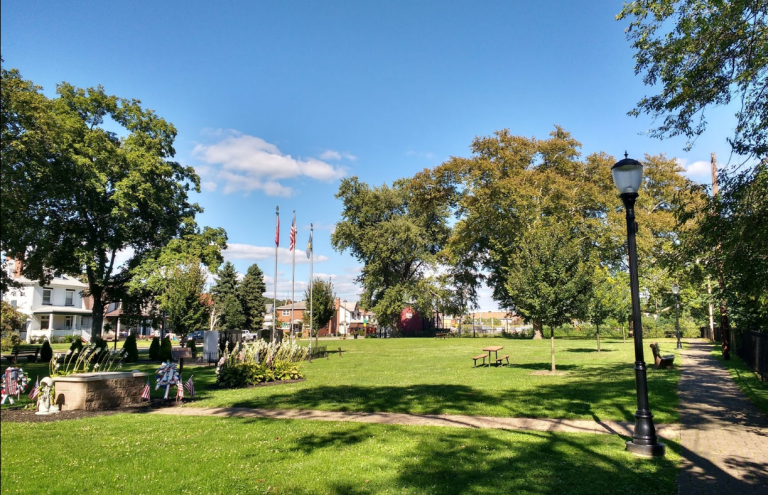Harrison • Brackenridge • Tarentum
Joint Comprehensive Plan
Key Item #4
Table of Contents
Community Identity and Branding
H-B-T Comprehensive Plan – Key Item #4

Background
During the 20th Century, the communities of Harrison, Brackenridge and Tarentum were (speaking generally) steel mill and manufacturing towns that supported local economies driven by residents of European heritage who earned sufficient wages to live middle-class lives. These residents owned their homes, shopped locally, joined community organizations and churches, and sent their kids to local schools.
As populations shrank and disinvestment followed, the small downtowns faltered and some properties deteriorated. Over a few decades, the communities became more affordable to lower-income residents, and Allegheny County constructed various public-housing facilities. New residents moved in, though the populations continued to fall. The communities became more diverse and less centered on steel mill and manufacturing employment. The opening of Route 28 and the growth of “eds and meds” jobs in Pittsburgh to some degree turned this part of Allegheny County into a bedroom community.
Concurrently, a sense of community created by membership and participation in faith communities fell away as population and attendance dwindled. Houses of worship and parochial schools closed as congregations were consolidated, leaving some residents without one traditional hometown “anchor.” In the public-school district, which typically is another a source of community cohesiveness, population decline led to elementary school closures; this consolidation represented the loss of another neighborhood anchor.
As these transformations occurred, the communities’ self-image as Allegheny Valley steel towns no longer held true (although ATI continues to operate in Harrison and employs about 500 people from throughout the region).
“We’re not an old mill town anymore,” as one local elected official stated, “but what are we?” Now, in the third decade of the 21st Century, the three communities do not have a commonly understood description of how they see themselves today and in the future. One community activist noted that lack of identity for the three communities, defining it as “the area between Exits 14 and 15 off Route 28, and down to the river.”
The Problems
- Progress-dependent
- Lack of an identity
- Visibility and Reputation
- Divided Views
- Limited resources
Looking Ahead
We feel that the communities share strengths, assets and challenges, many of which this comprehensive plan will seek to address. Creating a joint “identity” or “brand” should include efforts that:
- Articulate a shared understanding of the communities as they are today and as they hope to be in the next five to 10 years
- Reflect the cultural, human, historical, ecological and built assets the three communities share or plan to develop
- Support the Harrison-Brackenridge-Tarentum vision for social enterprise, community and economic development